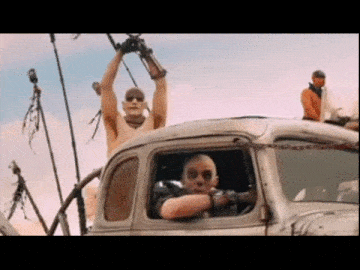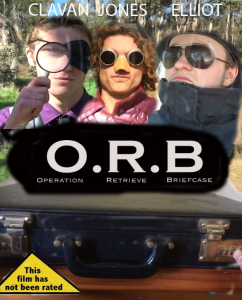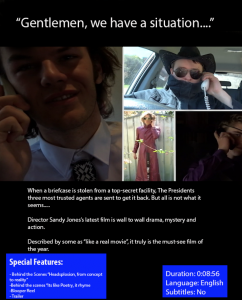During May I participated in SYN media training at SYN Media located on Cardigan Street near RMIT.
It was over 2 Saturdays and involved learning how to operate equipment such as camera, lights, mics and editing software, as well as learning about how to get into the media industry in Melbourne, especially Channel 31 which SYN has a close relationship with. On the second Saturday we used our learned skills to produce a short video.
On the first day we met up and learned how to use some of the equipment, it was a small group of only 6 students and a teacher. All the students were from University (a few from RMIT, one from Melbourne, Monash and Latrobe), and studying a variety of subjects including Media, Journalism and more.
Some of the learning was redundant for me, since it covered the same basic stuff that we had done in Media 1, such as learning how to use the cameras. However there was other equipment that I was un-familar with, such as Boom Mics, lighting, and having multiple audio channels.
The first Saturday wasn’t very exciting, but everyone was really cool and interesting to talk to about the different Uni-courses.
The next week was much different: We were tasked with writing, filming and editing a short video in a few short hours. Our concept was to make a faux-reporter style video where and Interviewer asks questions to various university students, with each student embodying a different “type” or “cliche” of a university student.
We settled on having 3 interviewees, an overdramatic political activist, a foreign exchange student and a over-the-top hipster parody. Each one was written with various levels of satire and ridiculousness, with the foreign student being almost 100% sincere (since Joel, the actor, was in fact Malaysian), and the other two being parodies or massively exaggerated.
Each person had multiple roles in production, I was both an actor and holding the Boom mic (in all shots except where I was acting), while others swapped around using the cameras, using the sound board etc…
After working our a rough script and assigning jobs we set out to film in various locations around Melbourne. We filmed inside SYN headquarters for the intro, at the Library for the political activist, in a graffiti filled alley for the Hipster and at the Vistitors centre for the Exchange student.
We encountered various hassles in filming, especially outside the library. Since apparently people couldn’t tell if screaming “SAVE THE ANTS” was sincere or not. Also an old man walked straight through the middle of our shot, paused, took out his mobile phone and took a picture of one the camera operators from behind and walked off. It was creepy and probably illegal, but we were all too bewildered to do anything.
The other shoots went smoother, and we were back at SYN in plenty of time.
Now we were tasked with editing the video together, we were given a breif tutorial in how to use Adobe Premiere and then left to our own devices. It was decided that having everyone stay would be pointless and crowded, so only those who wanted to edit stayed.
Me and Jasmine were the only ones to stay, and we began the mammoth task of editing the video together.
We quickly learned we had made a cardinal mistake of filmmaking: we had forgotten to use a clapboard or label our takes in anyway. This meant we had multiple cameras and multiple mics without any way to tell which take matched up with which, especially since for some takes one camera wasn’t used, so simply counting from the top didn’t work either. Not to mention there was no uniformity between lengths, sometimes one camera kept rolling, while another cut and reset.
It was slow and extremely frustrating, but eventually we matched video with audio, and got different shots from the same take to put together. After this it was much less frustrating, but still time consuming to edit all the clips in order and crop everything to proper length. We also added a title, credits and names for the interviewees.
The rest of the group had all left at 4pm, the final video was uploaded to our Facebook group at 9:30pm. Everyone was extremely happy with the finished product, and were surprised that Jasmine and I had stayed so long.
I am quite proud of this work, it was great meeting new people and seeing pathways into the media industry. As well as having lots of fun making a video and learning how to use new editing software and filming equipment.
Here is our video: “Uni Lyfe”




 (dont ask)
(dont ask)

